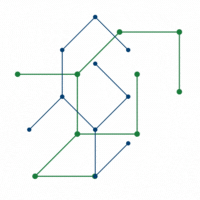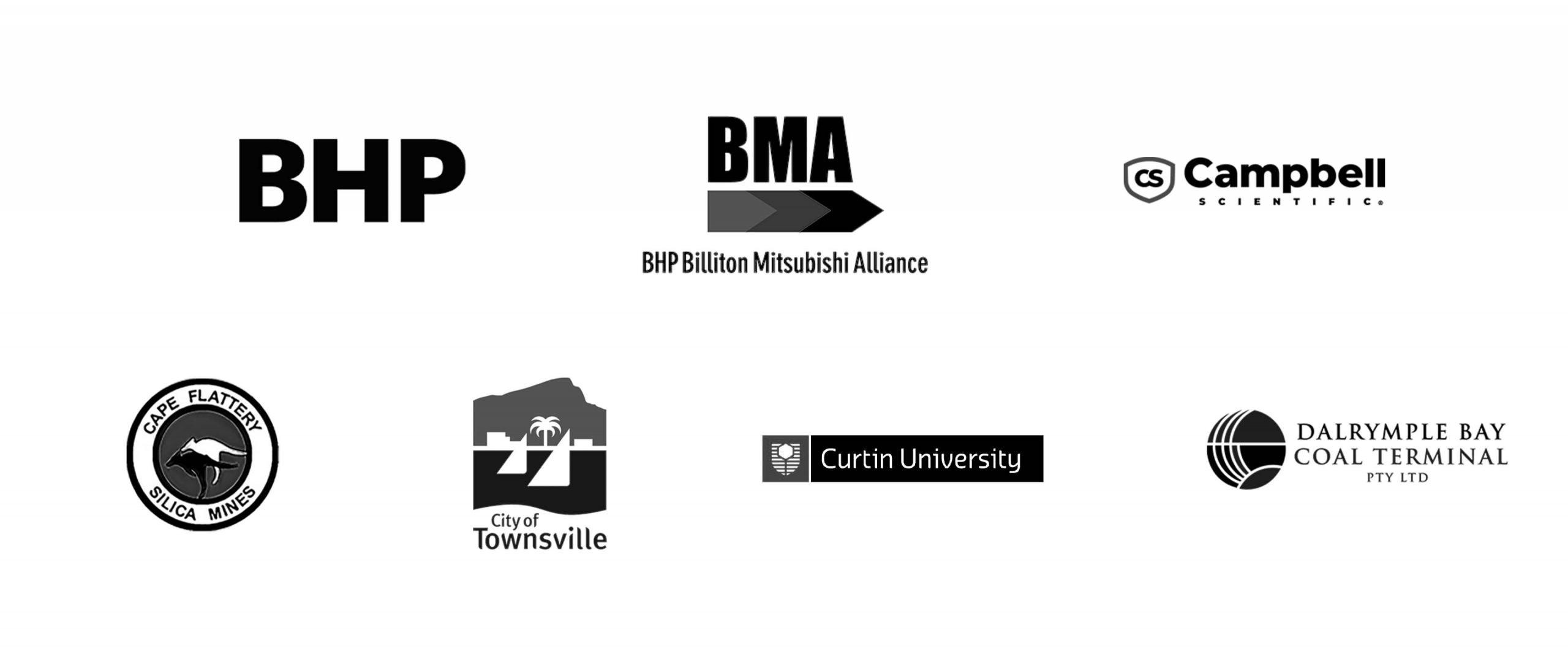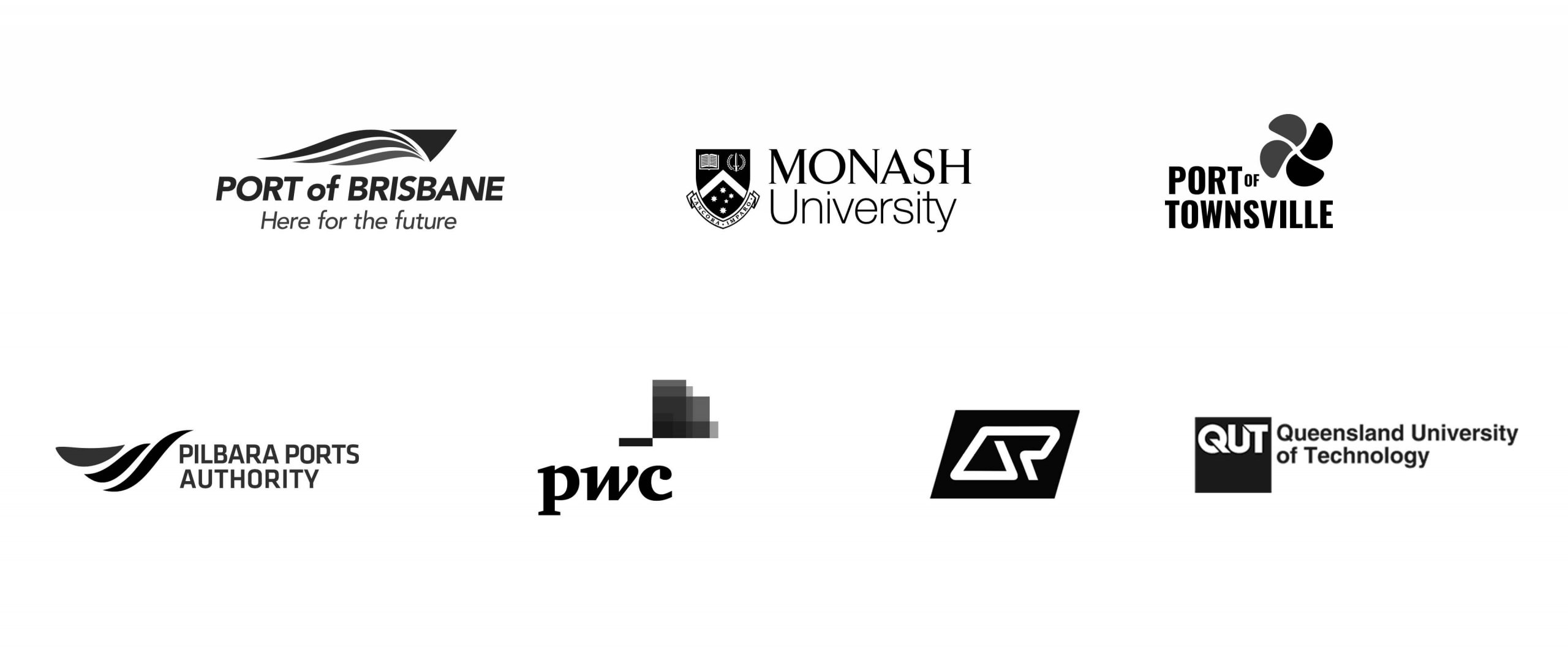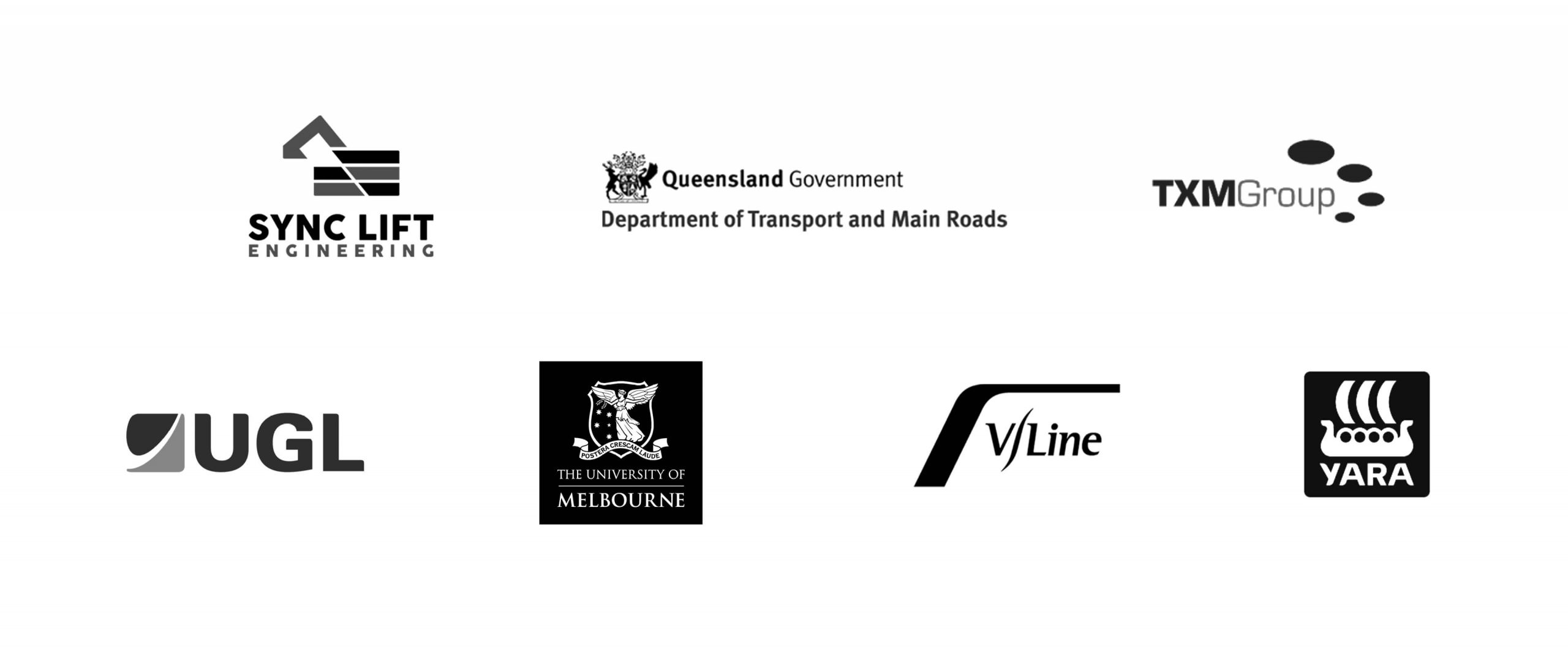We challenge conventional engineering methods to make infrastructure and assets smart and sustainable, creating a better future for all. By providing market-leading multidisciplinary engineering and advisory services, Rockfield work with companies to optimise the performance of their assets, reduce cost, improve safety and enhance outcomes.

Technologies
Through business analytics and disruptive technology, Rockfield is reimagining and transforming assets and infrastructure
Our Key Sectors
Resources & Heavy Industry
Public Infrastructure
Ports & Marine
Our Fundamentals

Engineering Design
Our multi-disciplinary team are industry leaders in design and advanced analysis for all industry problems, leading to more cost-efficient and safer outcomes.

Infrastructure Technology
Our InfraTech services provide real-time data to help inform business decisions both on-site and remotely.

Asset Management
We understand the challenges that asset owners face, which is why we have specialised offerings to minimise risk and cost.
Our Expertise
Who We’ve Worked With
We’ve collaborated with renowned organisations from around the world to create sustainable solutions to their engineering challenges.

Download our Capability Statement brochure today
Rockfield have vast expertise navigating challenges and finding smart solutions. Download our Capability Statement to find out more.


















